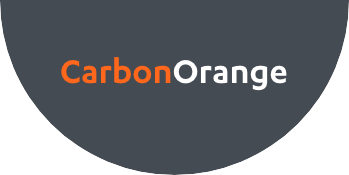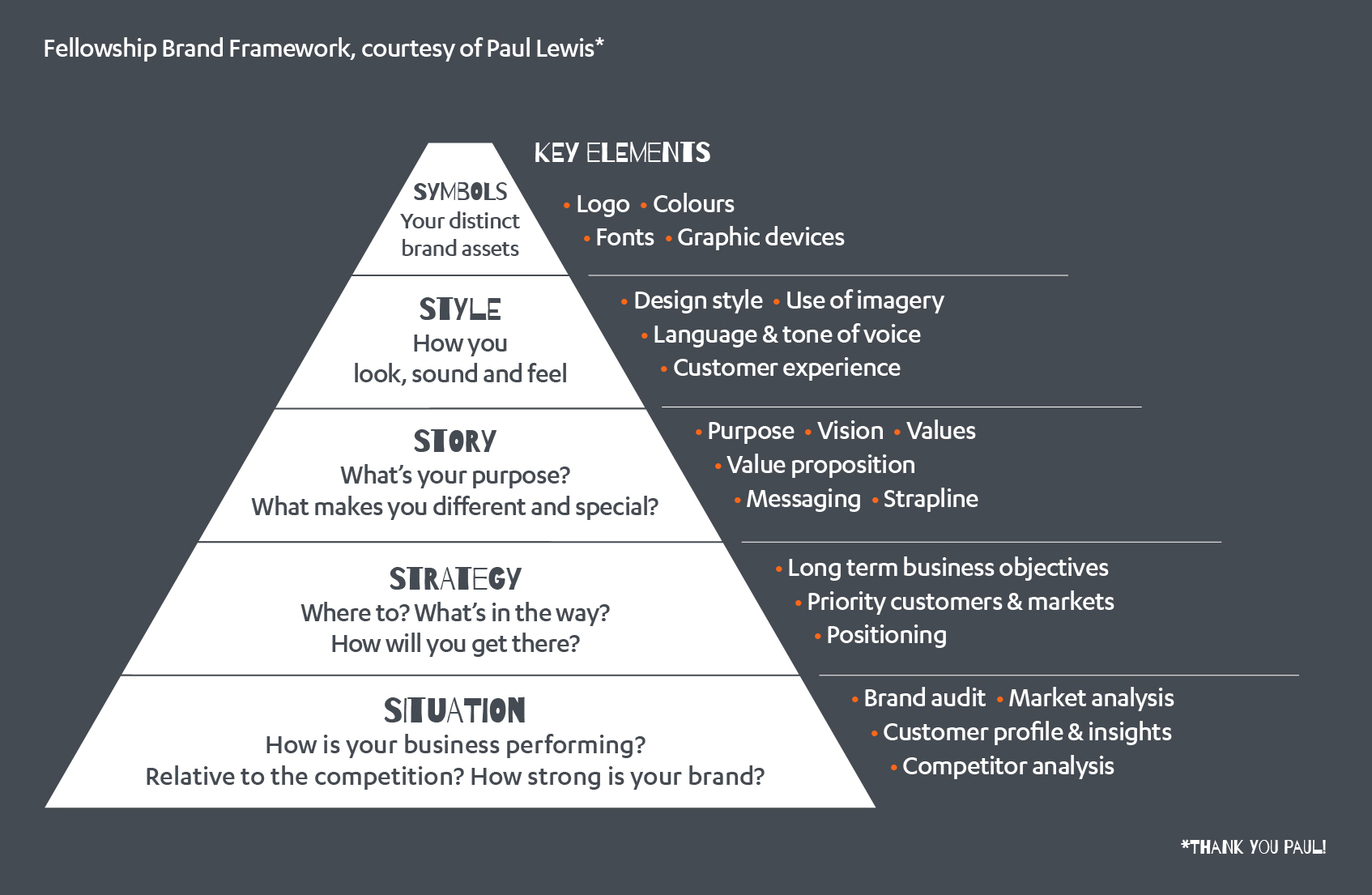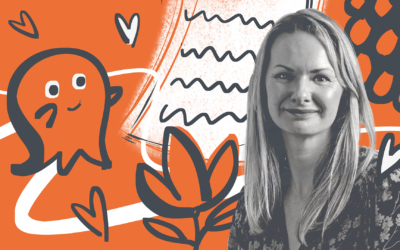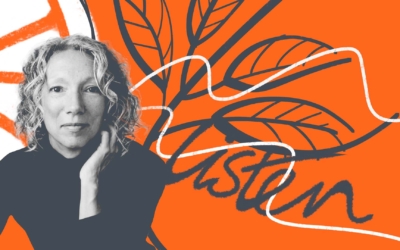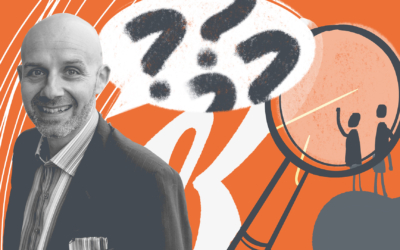What led you into working in this field?
Before I started doing this for many years I worked at the RSPB, which is Europe’s largest wildlife conservation charity. And latterly, I was director of communications there. And as director, I increasingly got involved in developing strategy, and thinking more in the round about the RSPB’s positioning, its place in the world and how it communicated its message more effectively than it was already doing. And that really sort of ignited my interest in the whole strategy piece.
When I left RSPB and was thinking about what to do next, getting into brand strategy was a very logical next step because as well as doing overall society, organisational policy, we’ve done a lot of work at the RSPB looking at reviewing the brand, and thinking about the whole tone and personality of the organisation. That was the bit that I found really interesting because previous to that I’ve been doing what I would call rather transactional communications work, PR and events and day to day sort of copywriting and messaging. And that was fine. But it gets to the point where it’s not all that stretching and stimulating. So, exploring these other areas, and really thinking about how and where an organisation fits into the world, and how it should present itself felt much more engaging, and a much richer area for exploration. And I thought I had a few skills that I could bring to that!
You’ve kind of answered my next question, which is, what is it about it that gets you excited?
I guess it’s going on a journey. You know, you’re exploring. There’s a combination of desk research, one-to-one interviews, workshops and brainstorms. And you’re picking up all the signals and bits of information and ideas, and then trying to sort of navigate one’s way through them and work out how to fit the appropriate pieces together, in order to achieve the organisation’s objectives. The bit that I find most exciting, (I mean, I enjoy doing all of that) is when I give a brief to our designer, and he goes away, and comes back with the visual elements of the brand. Obviously, brand is about so much more than just the visuals, but the other elements, I largely control and manage myself, and what I find particularly exciting is I give something to Dan, and he comes back a week later, or however long it might be with some great visual ideas for us to discuss and debate with the clients. Sometimes there are some great surprises and things that I go wow, I’ve never thought about it like that. So that’s always tremendously stimulating.
And of course, you know, although, as I’m prone to say the logo is only the tip of the iceberg, the logo is for many people the first point of contact, so getting the logo right remains important. It’s not the be all and end all, but it’s clearly in many cases that first impression, that first insight. So the type of business and the personality of the business. And if the logo doesn’t look of the style and standard that goes with one’s perception of a sort of business one wants to work with, then everything else falls down as a result of that.
What type of clients do you like working with particularly?
Clients who are happy to be stretched and challenged. Because otherwise, the danger is that what improvement one makes remains sort of relatively incremental, rather than transformational. And what
you’re really looking for, in many cases, is something that’s going to transform the image and perceptions of the business – something that’s going to go beyond just the makeover or facelift and help people think about it in a fresh, different and more positive way. I think often what we find with clients is people have a very sort of hazy grasp, perhaps, of what it is the business does, what it stands for, whether or not there’s anything different or special about it. And those are the sorts of things that we’re trying to pin down and articulate and ensure we communicate in a way that resonates and sticks with people. Easy to say, not always easy to do.
A-M: Absolutely. You want to be able to take that client with you outside of the business to look in again afresh which is what people sometimes struggle with isn’t it?
There’s a great little saying “you can’t read the label from inside the bottle”. It very much applies to people thinking about their own business. I always say to clients, you know,
the answers, by and large are in the room. But A. people need help with pulling out those answers by being asked the right questions. And B. they need to be presented with perspectives other than just their own, so they can see it from different points of view, and perhaps see where their business is currently falling down in some way, in the eyes of prospective customers or other stakeholders. And then, in many cases, if one can present them with evidence like that, then they’re all ready and willing to make some changes because they recognise that they’re not where they need to be if they want to make the progress they’re hoping to make. So often, people create strategies with lofty ambitions and goals, but without a clear sense of how they’re going to bridge the gap between where they are and where they need to be. They just become sort of lengthy wish lists rather than considered choices.
CURVEBALL QUESTION! What is your favourite fruit?
Favourite fruit! Oh my goodness…Banana.
Colour nice shape fits easily in the pocket of my cycling jersey. And good for fuel when out on rides. There you go.
What brands do you admire that are doing this kind of thing really well?
It’s terribly hard to come up with brands other than maybe rather predictable and tried and trusted ones.
And I suppose that’s why so many people refer to them…
A-M: Because they’re doing a good job, right?
Yeah, yeah, that’s very true. Because of course, a brand only exists if you know, those perceptions are shared by a volume of people. So obviously, there’s got to be that sense of a crowd of people having a similar view, about an organisation for that to be a coherent and established brand. But the ones that springs to mind for me are Patagonia. Because I just love what they do, what they stand for, I’ve spent much of my career working for an environmental organisation. I’m a great believer in nature, conservation and the environment. Patagonia is founded on such strong principles and values.
I don’t know whether you’ve read Yvon Chouinard’s book, Let My People Go Surfing? That’s a great read all about the sort of founding philosophy that underpins Patagonia and his views the world and, there’s an organisation whose brand is deeply rooted in reality, in the philosophy of its founder and, and the day-to-day actions of what it does. So, that ticks a lot of boxes, because it’s very authentic, much overused word.
Others captured my attention; they tend to be brands that have some kind of higher purpose. And
I don’t believe that brands are obliged to have some kind of higher purpose, I think they need to be doing more than saying we want to make lots of money, but they might be saying, we want to be the best at whatever it is we do. That whatever it is they do doesn’t have to be a world changing activity or product or service but can inspire people by the standards they apply to how they go about it.
But the other ones I came up with were Oatly because I think their marketing is fantastic. As I understand it, it’s all done in house. And I’ve converted to Oatly myself just as a sort of small contribution. And I love how they use their packaging, and every opportunity they get to just have a fun, playful, but also sometimes quite hard-hitting way of communicating their goals and their ambitions.
And Hiut Denim. David Hieatt, who does the Do lectures, as well as runs Hiut and used to own Howies – I’ve met David, he’s somebody used to work in advertising – he started out at Saatchi and Saatchi, and he’s got a very deep understanding of the power of brands and how to go about it.
What I love about Hieatt is that he’s revitalised the town, his whole ambition was to get Cardigan making jeans again. And there had been this great centre of jeans making and that was the heartbeat of a small town where a lot of other opportunities for employment and such like, and when the previous jeans manufacturers pulled out and those factories closed down, what were those people going to do? And he’s gone back there, and he’s revitalised that industry, re-employing some of the key craftspeople who were there in the previous incarnation and I just think that’s a great story. It’s a great thing to do and they evidently turn out what is a very highly regarded product.
The way they go about it, the way he explains their mission, the way he does their newsletters, and just the way in which the story hangs together and what it stands for is all very impressive.
So I guess those three are coming from not dissimilar places. That probably tells you quite a lot about me and my thoughts and values, and the sorts of brands that I would really like to have the opportunity to work on myself.
How do you see what you’re doing as feeding into the next step of the diagram?
Well, the strategy part of it is, for me, the foundation of everything that comes afterwards. So unless you’re clear about your strategy, and you’ve made some choices, about what you stand for, where you’re heading and how you’re going to go about getting there, and particularly what you are and aren’t going to do as a business, then … And very often people fail to decide what they’re not going to do. People are very good at adding things, so there are less things they’re going to do.
But no strategy is all about making the maximum input impact with the resources you have available to you. There is an element of trade-offs. But once you’ve got clarity on the strategy, then everything else should fall into place – your day-to-day tactical work. And, if you like, the continued expression of the brand is all driven by those strategic principles: What’s your positioning? What’s your purpose? What’s your story? What’s your personality?
All those things then drive everything that comes afterwards and should give you a consistent and coherent framework for going about all your marketing and communications until you choose to revisit your strategy for whatever reason. The other thing I’d add is, we talk a lot about living in a fast and fast changing world. And there are certainly significant elements of truth to that. But good,
good strategy – you should be able to stick to for a reasonable period of time, and not just do it and then revisit it a few months down the line, and again, a few months later, because otherwise you don’t tend to have the time to see what the effects and impacts and benefits of that strategy are. Clearly, of course, there may be circumstances where you have to change things before then. But all I’d say is, don’t try and do it too rapidly or too often. Take the time to get it right.
And
if you’ve really taken into account your situation, you understand your customers, you understand your competitors, you understand the marketplace, and your position in it, then you should have something that should steer the direction of the business for a reasonable period of time. One can’t say it should be for 12 months or two years or whatever. Because it depends on the nature of the business and the industry. It’s all about context. But get it right, do it well, and aim to stick with it unless there’s a good reason not to.
Further thoughts…
I think all of us who work in this sort of area need to help businesses understand more about the value and benefits of having a strong, consistent and coherent brand. And so it’s a two way thing, isn’t it?
While we may sometimes lament the fact that businesses don’t necessarily appreciate the value of brands and branding, we’ve also got a responsibility to help them understand, by explaining and illustrating the benefits perhaps better than we sometimes do. There are a lot of misapprehensions out there. So hopefully, exercises like this help to give people a clearer and better picture.
